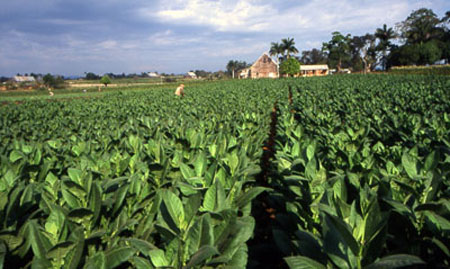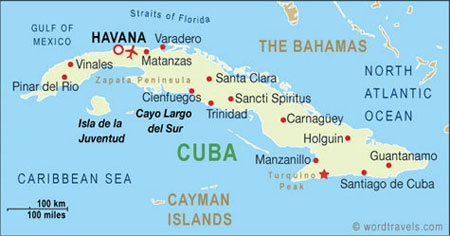Prior to the Corojo ’98 or ’99 varietals, this was the plant used for wrappers in Cuba. Historically, all premium Habanos (Cuban cigars) made for export are produced with wrapper leaf called El Corojo. It is a special strain of tobacco developed in the 1920s and ’30s (or 40’s depending on which article you read) at the famous estate of El Corojo in Cuba’s premier growing region, the Vuelta Abajo.
Originally named after a palm tree growing on the property, El Corojo is located a few miles from the town of San Luis y Martinez in the heart of the Vuelta Abajo. It is grown under large cheesecloth tents called tapados, as is all shade-grown wrapper tobacco. The shade helps protect the leaves from direct sunlight, giving them a more even color and texture. Anyone who is into shade-grown tobacco has probably enjoyed Connecticut shade-grown wrappers. While this type of wrapper has been grown in a number of regions, the standard of excellence is still the crop produced in the Connecticut River Valley which is north of Hartford, CT.
El Corojo was replaced in Cuba and other parts by more disease-resistant strains in 1997. The original Corojo leaf which was grown in Cuba was susceptible to blue mold and black shank disease, which is why it is no longer grown there. Through unknown means however, the seed migrated to Honduras, Nicaragua Ecuador and the Dominican Republic, where it is still grown today. To date however, no one has ever really replicated the Cuban cigar.


